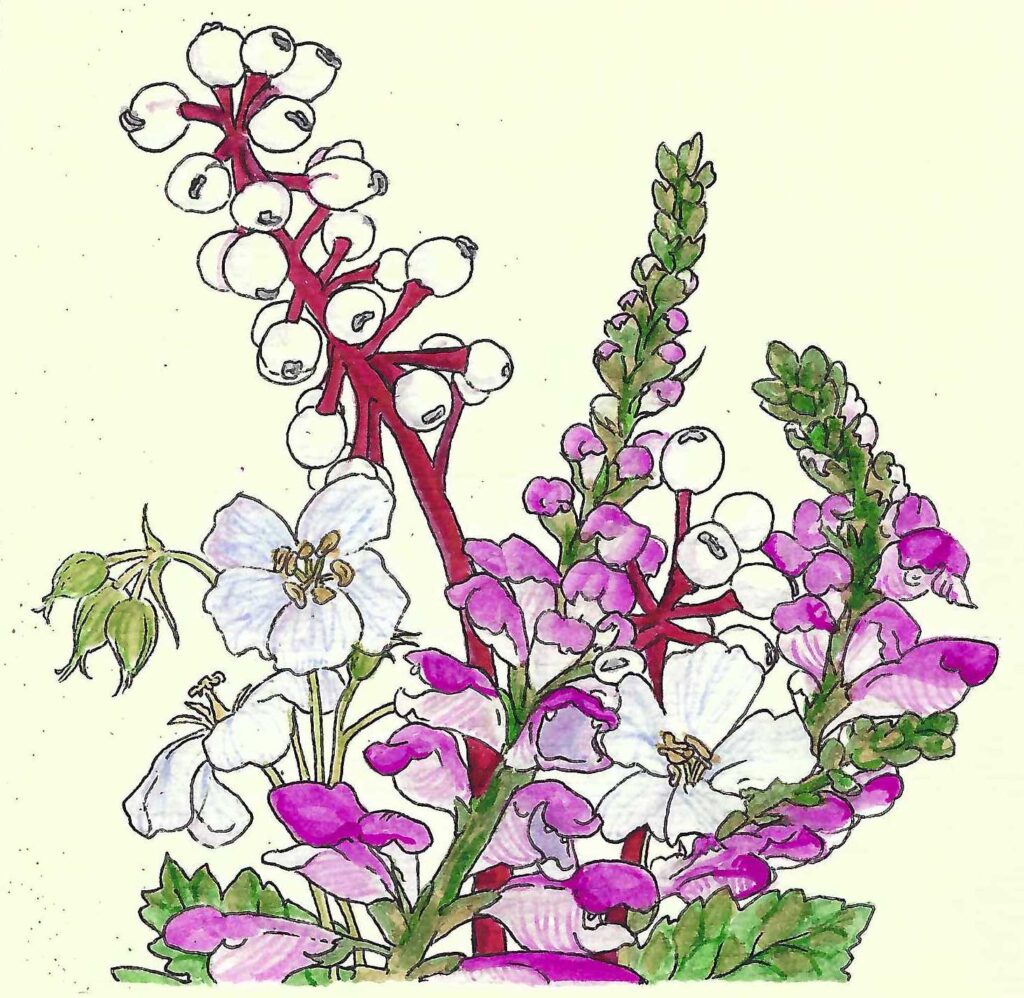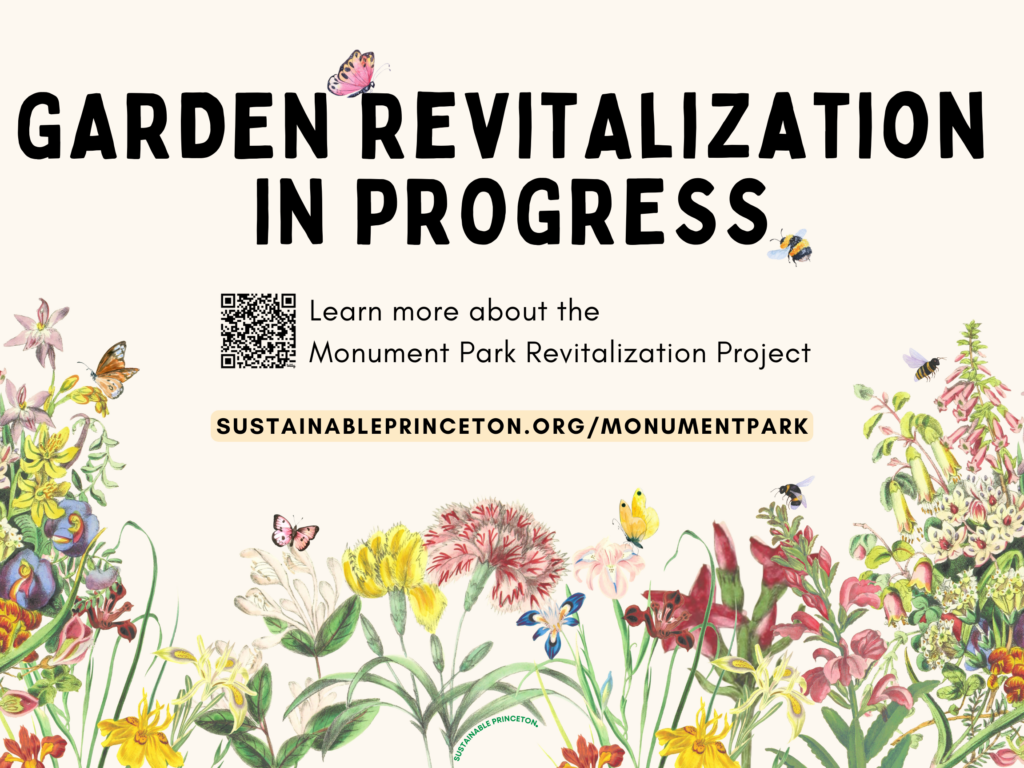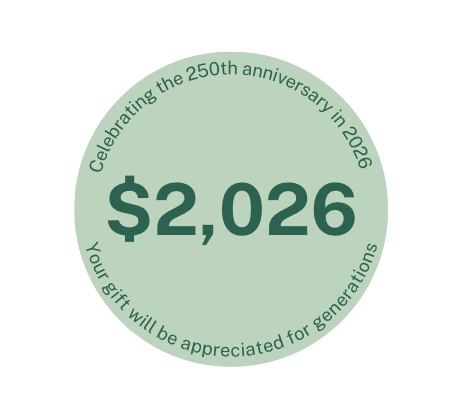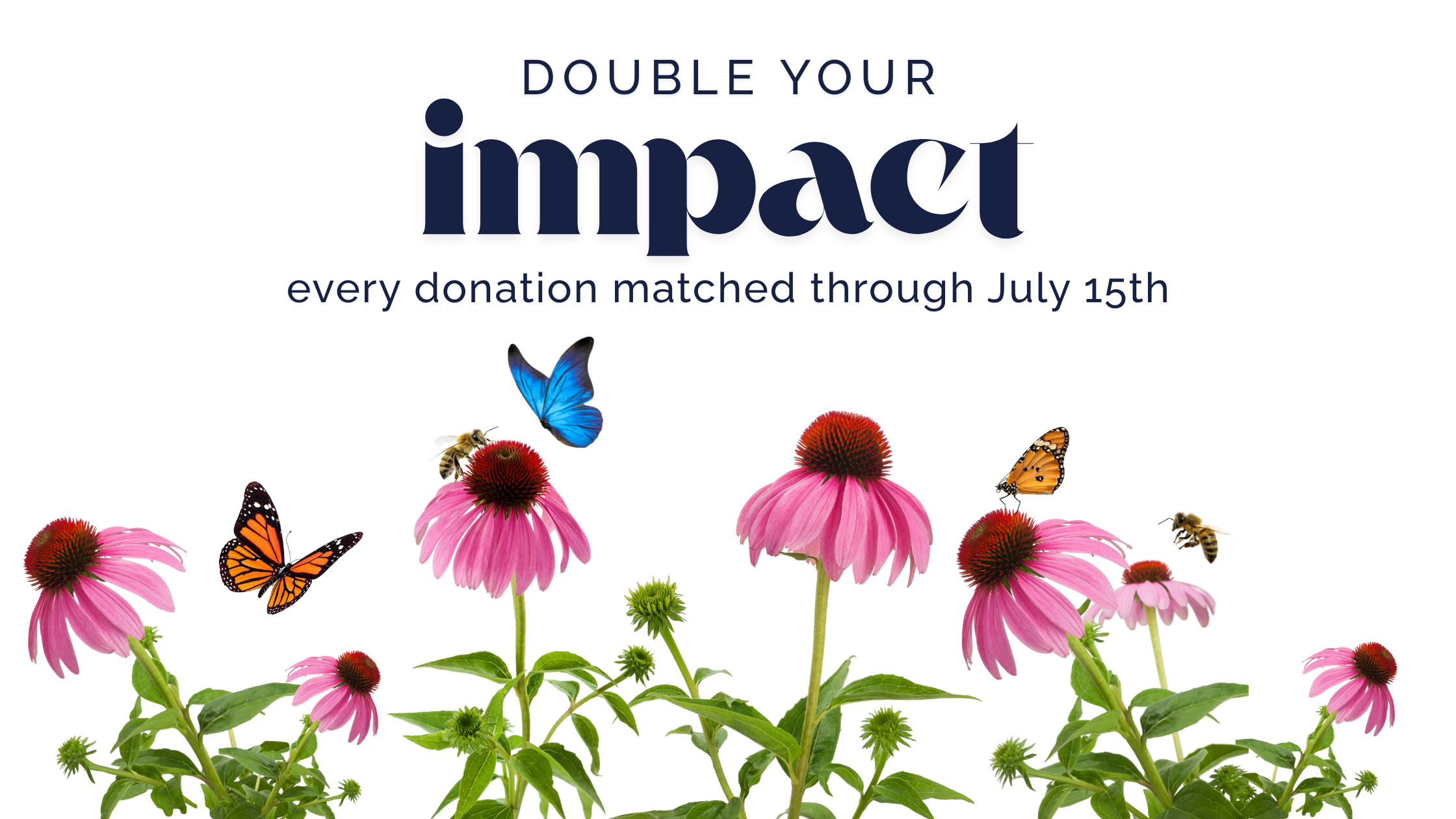Monument Park Revitalization Project

Pardon our dirt! Invasive plant species and weeds have taken over the garden beds surrounding the monument and the adjacent plaza in Monument Park. The monument, the plaza, and the park will be in the national spotlight in 2026, the 250th anniversary of the signing of the Declaration of Independence.
As the monument reflects a moment of shared American heritage, it should also reflect our state’s natural heritage with native plants and flowers. Likewise, it should showcase our community’s commitment to stewarding public spaces of recreation and refuge.
Our vision for the native garden surrounding the monument is to create a vibrant display of our region’s natural heritage while promoting ecological awareness. This new garden will be 1008 square feet of native plants and shrubs to showcase the diversity of our local ecosystems, ensuring both aesthetic appeal and ecological significance.
STATEMENT OF PURPOSE:
Revitalize the garden beds to make the plaza a beautiful attraction in time for the 250th anniversary of the Declaration of Independence.
The improvements would serve as an educational demonstration space for the public to learn about local biodiversity and the role that native plants play in maintaining our ecosystem.
WildLawn®
WildLawn® is the extremely competent team we have entrusted to bring this project to life. With twenty years of experience in native plants and ecological restoration, WildLawn® will be bringing an authentic native habitat to downtown Princeton. Learn more about them here.

Timeline
WildLawn® started work on preparing the garden beds on May 2. In early June, the cleared beds were populated with native plantings. The first weeding day took place in July, and the garden is currently looking great, with scheduled maintenance continuing for the next couple years.

Plant List
- Butterfly milkweed (Asclepias tuberosa)
- Fox sedge (Carex vulpinoidea)
- Mouse ear or chickweed (Cerastium arvense var. velutinum)
- Golden tickseed (Coreopsis tinctoria)
- Wavy hair grass (Deschampsia flexuosa)
- Southern bush honeysuckle (Diervilla sessilifolia)
- Bottlebrush grass (Elymus hystrix)
- Robin’s plantain or blue spring daisy (Erigeron pulchellus)
- White wood aster (Eurybia divaricata)
- Bigleaf aster (Eurybia macrophylla)
- Joe-Pye weed (Eutrochium purpureum)
- Wild geranium (Geranium maculatum)
- Witch hazel (Hamamelis virginiana)
- Spicebush (Lindera benzoin)
- Blue cardinal flower (Lobelia siphilitica)
- Common woodrush (Luzula multiflora)
- Wild lily of the valley (Maianthemum candensis)
- Golden ragwort (Packera aurea)
- Round-leaf ragwort (Packera obovata)
- Foxglove beardtongue (Penstemon digitalis)
- Eastern gray beardtongue (Penstemon canescens)
- Wild phlox (Phlox divaricata)
- Mayapple (Podophyllum peltatum)
- Lyreleaf sage (Salvia lyrata)
- Bloodroot (Sanguinaria canadensis)
- White goldenrod (Solidago bicolor)
- Wreath goldenrod (Solidago caesia)
- Roan Mountain goldenrod (Solidago roanensis)
- Prairie dropseed (Sporobolis heterolepis)
- Blue wood aster (Symphyotrichum cordifolium)
- Aromatic aster (Symphyotrichum oblongifolium)
- Heart-leaved foamflower (Tiarella cordifolia)
- Arrowwood (Viburnum dentatum)
- Common blue violet (Viola sororia)
Thank you to our donors
This monumental project is made possible by our generous donors who gave $2,026 or more.
- Eve Coulson and Nelson Obus
- Ed Matthews and Vilma Keri
- Sarah Ringer
- Joanna and William Storrar
- Daphne A. Townsend
- Gail Ullman
- Center of Theological Inquiry
- Dobson Family Fund of the Princeton Area Community Foundation
- Friends of Princeton Open Space
- The Garden Club of Princeton
- George H. and Estelle M. Sands Foundation





